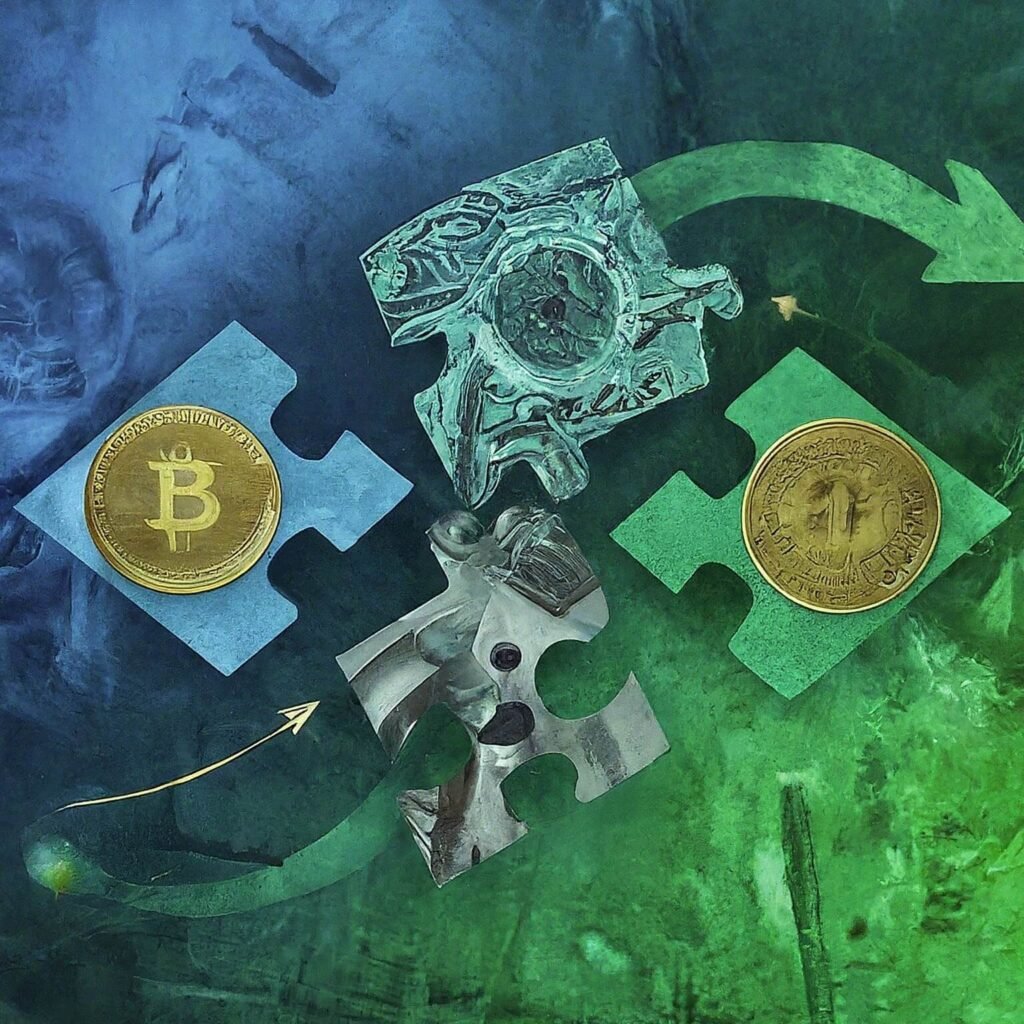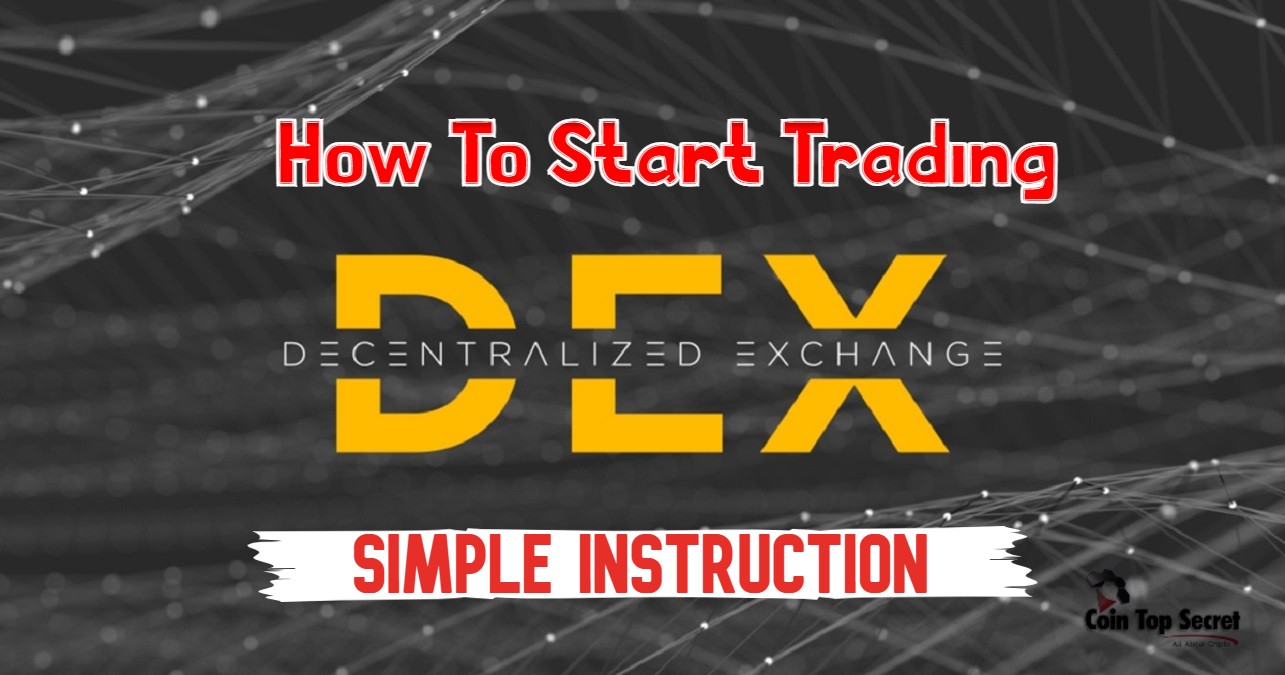The world of cryptocurrencies is constantly evolving, with new innovations emerging at a rapid pace. One of the latest trends making waves is restaking, a concept that promises to unlock additional rewards and opportunities for cryptocurrency investors. But what exactly is restaking, and how does it work? This comprehensive guide delves into the world of restaking, exploring its core functionalities, the rise of services like EigenLayer, and the associated risks and incentives.
Demystifying Restaking: Earning More from Your Staked Assets
In Proof-of-Stake (PoS) blockchains, validators play a crucial role in securing the network by locking up their cryptocurrency holdings (staking). This staking process allows validators to participate in the block validation process and earn rewards. However, traditionally, these staked assets have remained largely inactive.
Restaking presents a novel solution to this issue. It allows validators to put their already staked assets to work again. Essentially, restaking enables validators to redeploy their staked tokens across different PoS-based services simultaneously, amplifying their potential earnings.
Here’s a simplified breakdown of the restaking concept:
- Initial Staking: A user stakes their cryptocurrency on a PoS blockchain, like Ethereum, to become a validator.
- Restaking Opportunity: The validator encounters a restaking service like EigenLayer.
- Redeployment: The validator chooses to redeploy their staked tokens through the restaking service.
- Additional Rewards: The restaking service allows the validator’s stake to contribute to the security of other PoS protocols, generating additional rewards.

The Rise of EigenLayer: A Case Study in Restaking Services
EigenLayer has emerged as a leading player in the restaking space. It functions as a network of smart contracts that empowers Ethereum validators to restake their staked ETH (Ethereum tokens) and secure other Ethereum-based applications and protocols. These applications, referred to as “actively validated services (AVSs)” by EigenLayer, benefit from the security provided by the restaked tokens, fostering a more robust and interconnected ecosystem.
The phenomenal growth of EigenLayer serves as a testament to the potential of restaking. In less than a year, the project has amassed a staggering $15 billion in deposits, showcasing the substantial investor interest in this innovative technology. This success story has even attracted major venture capital firms like Andreessen Horowitz (a16z), which invested a significant $100 million in EigenLayer, marking one of the biggest crypto venture deals of 2024.
Beyond EigenLayer: Exploring Liquid Restaking
While EigenLayer caters to experienced validators, there’s another aspect to consider: liquid restaking. These services act as intermediaries, allowing users to participate in restaking without the technical complexities of running a validator node. Essentially, users deposit their cryptocurrency into a liquid restaking platform, which then pools these assets and uses them for restaking purposes. In return, users receive liquid staking tokens (LSTs) that represent their stake and accrue rewards over time. These LSTs can also be traded on decentralized exchanges (DEXs), offering users additional flexibility.
A Balancing Act: Risks and Incentives in Restaking
Restaking presents a compelling opportunity for investors seeking to maximize their returns. However, it’s crucial to acknowledge the inherent risks involved.
Here’s a table outlining the key risks and incentives associated with restaking:
| Factor | Risk | Incentive |
|---|---|---|
| Complexity | Restaking can be technically complex, especially for EigenLayer-type services. | Experienced validators can potentially earn higher rewards compared to traditional staking. |
| Slashing Risk | Similar to traditional staking, validators face the risk of penalties (slashing) for malicious behavior or downtime. This risk can be amplified in restaking scenarios. | Restaking allows validators to generate additional rewards from their existing stake. |
| Centralization | The dominance of a few large restaking services could lead to centralization of staking power, potentially compromising network security. | Liquid restaking services offer a more accessible entry point for regular users to participate in restaking. |
FAQ on Restaking
Q: Is restaking safe?
A: Restaking introduces additional complexity compared to traditional staking. While it offers the potential for higher rewards, it also carries a greater risk of slashing penalties, especially for validators using services like EigenLayer.
Q: How do I get started with restaking?
A: The approach depends on your experience level. If you’re a beginner, consider using a liquid restaking service. However, these services might offer lower rewards compared to direct participation through platforms like EigenLayer (suitable for experienced validators).

The Future of Restaking: A Promising Horizon with Considerations
The future of restaking appears bright, with the potential to reshape the landscape of cryptocurrency staking. Here are some key factors to consider:
1. Increased Adoption and Innovation:
- As restaking services like EigenLayer mature and become more user-friendly, we can expect wider adoption from both experienced validators and regular users.
- Innovation in the restaking space is likely to flourish, with the development of new protocols and features that enhance security, efficiency, and accessibility.
2. Evolution of the Regulatory Landscape:
- Regulations surrounding restaking and DeFi (Decentralized Finance) are still evolving. Clearer regulatory frameworks will be crucial for fostering trust and stability in the restaking ecosystem.
3. The Impact on Staking Rewards:
- With a growing pool of restaked tokens, the overall staking rewards for individual validators might experience some adjustments. However, the potential for earning additional rewards through restaking could still make it an attractive option.
4. Decentralization and Security:
- Maintaining a decentralized staking landscape is crucial to ensure network security. Mitigating the risks associated with the concentration of staking power in a few large restaking services will be essential.
5. Integration with DeFi Applications:
- We can expect to see deeper integration between restaking and DeFi applications. This could unlock new functionalities and use cases for restaked tokens, further expanding the overall DeFi ecosystem.
Conclusion
In conclusion, restaking is a powerful innovation with the potential to revolutionize the world of cryptocurrency staking. By unlocking additional rewards and fostering a more interconnected ecosystem, restaking presents a compelling opportunity for investors and validators alike. However, it’s vital to acknowledge the associated risks and complexities. As the technology matures and the regulatory landscape evolves, restaking has the potential to become a cornerstone of a robust and secure future for Proof-of-Stake blockchains.
Additional Resources:
- EigenLayer Website: https://www.eigenlayer.xyz/ (Note: replace the bracketed text with the actual website address)
- CoinShares Blog: The Anatomy and Future Prospects for Staking https://blog.coinshares.com/




